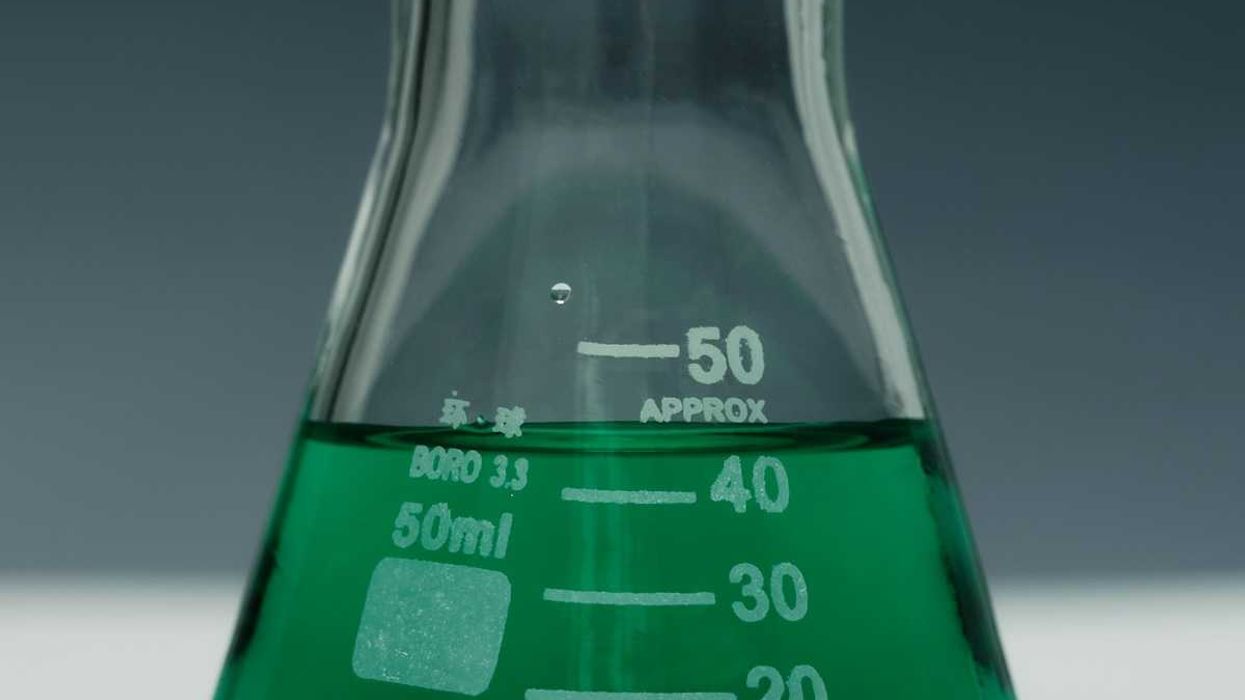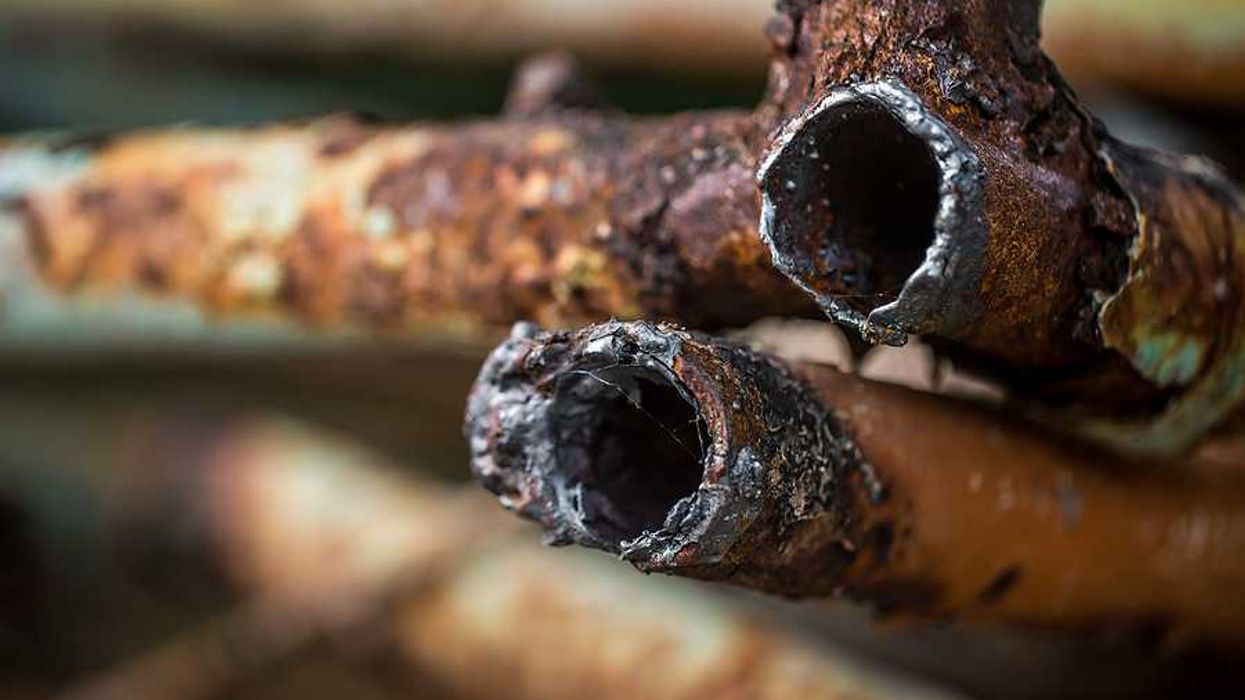Playing with plastic building bricks can generate significant amounts of microplastic and nanoplastic particles, potentially adding to indoor pollution and raising concerns about health risks.
James Urquhart reports for Chemistry World.
In short:
- Researchers found that plastic toy bricks release thousands of micro- and nanoplastic particles during play.
- Friction from assembling and disassembling the bricks causes these particles to form, especially at interlocking studs.
- The health risks of inhaling or ingesting these particles remain unclear, prompting recommendations for supervised play.
Key quote:
"How do the numbers of micro- and nanoplastics released from building blocks compare to other sources and what is their risk to human health? To understand where best to enact legislation, we need a full understanding of all the sources of microplastics and nanoplastics, and to understand their fate."
— Fay Couceiro, leader of the University of Portsmouth’s microplastic research group
Why this matters:
Microplastics, already a notorious environmental contaminant, infiltrate air, water, and soil ecosystems. Indoors, they settle on surfaces and can be inhaled, posing respiratory risks. The smaller nanoplastic particles are particularly concerning due to their ability to penetrate deep into lung tissues and even enter the bloodstream.














